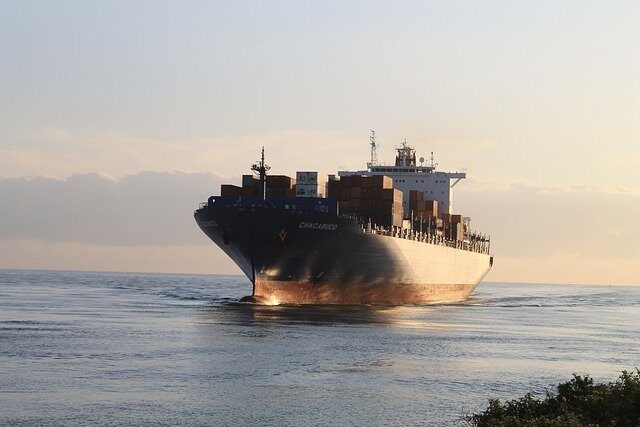
-
Carriers are blanking 33% of Asia-US West Coast sailings this week and another 50% next week in a bid to stem a steady slide in spot rates
-
The cancellations come as spot rates fell this week to 85% below their year-ago levels
-
A market expert says collapsing spot rates would not threaten the shipping industry, adding that the carriers want to balance capacity with demand by blanking voyages to stabilize rates
Carriers this week are blanking 33% of sailings to halt a rate slide for containers on the Asia-US West Coast route, with another 50% to be blanked next week, according to industry watchers.
The voyage cancellations, however, are not a sign the shipping industry is threatened by tumbling spot rates triggered by weak demand for shipping goods. Rather, they are meant to balance capacity with the demand as spot prices go through a correction, a market analyst says.
Ocean liners began blanking scheduled sailings a few weeks ago after a shipping peak season that was expected this time of year didn’t emerge, as North American and European importers placed orders as early as midyear to avoid shipping delays. Ensuing weak demand has softened spot rates.
Cayman Islands-based Freightos, a global freight booking platform, said Asia-US West Coast spot prices decreased 16% to US$2,516 per 40-foot equivalent unit (FEU) container on October 4 on its index, 85% lower than a year ago.
Asia-US East Coast spot rates on the Freightos Baltic Index slipped 5% to $6,634/FEU, 66% lower than rates for this week last year.
“Easing port congestion both in China’s hubs and at LA/Long Beach is effectively increasing available capacity – vessels leaving Asia for the West Coast are reportedly only 70-80% full – and is combining with the continuing decrease in demand to push spot rates down especially quickly on this lane,” Freightos said in its weekly update.
The $2,516/FEU rate this week on the Asia-US West Coast route is still 88% higher than in October 2019, but was last seen in June 2020 when prices first started climbing during the pandemic, Freightos said.
Rates on the Asia-US East Coast and Asia-North Europe routes each dipped 5% since last week. Continuing demand weakness could soon push prices below breakeven, especially on the Asia-US West Coast lane, for some carriers, Freightos said.
In September, world spot rates fell below $5,000 for the first time since April 2021, signalling rates were returning to sanity, said Drewry Supply Chain Advisors.
Minor players using smaller vessels chartered at high rates account for around one-third of transpacific capacity and may be the most exposed to falling prices, the update said.
“The larger carriers are likely hoping shifting conditions will push the smaller players and their capacity out of the market and, together with the significant increase in blanked sailings and canceled services, help to stabilize rates,” Freightos said.
The sliding spot freight rates that triggered the blankings may look like a threat to the box shipping industry, but not so, Xeneta chief executive Patrik Berglund wrote in a blog October 4.
“Rates are cyclical, and maybe the slide in box rates is the same sort of correction that so commonly affects commodity prices and stock markets,” Berglund said.
He said volumes are far above pre-Covid levels. The Port of Long Beach on the US West Coast has just reported a near-record August 2022 and was only 764 TEUs short of August 2021, the port’s busiest August.
“The carriers have yet to balance capacity/TEUs/sailings as they so ruthlessly did in Q2 2020,” when they blanked and idled sufficient voyages and ships that enabled them to balance demand against shipping capacity and kept the demand-supply ratio in their favor, he said. That halted box rate slide and led to multiple quarters of record profits.
He said a drop in spot rates does not have the same effect on ocean carrier financials as it did before the pandemic, due to increased use of long-term contracts that made them resilient.
Carriers today have far more of their volume on long-term contracts at far higher than spot rates, Berglund said. While some contracts are expected to be renegotiated as spot rates drop, the remaining high-priced contracts will more than balance the lower-priced spot transactions.




